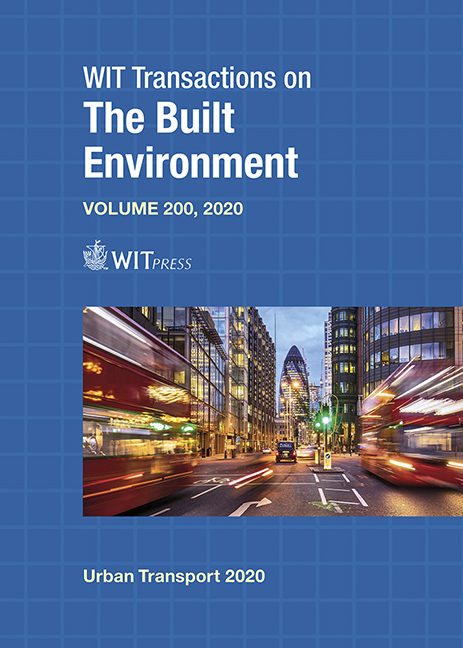CHARACTERISTICS OF SHARED MOBILITY IN BANGALORE, INDIA
Price
Free (open access)
Transaction
Volume
200
Pages
12
Page Range
3 - 14
Published
2020
Paper DOI
10.2495/UT200011
Copyright
WIT Press
Author(s)
GARGI GHOSH
Abstract
Shared mobility modes have become a common feature in the mobility scenario in urban areas throughout the world. Bike sharing systems have been in existence in Europe and various parts of North America since the 1990s in various forms like public bike sharing, closed campus bike sharing and peer to peer bike sharing. More recently technological advances have led to the entry of dockless bikes, e-bikes, e-scooters, motorised scooters and motorised e-scooters in the mobility market attempting to solve the problems of urban transport. Numerous studies have captured the characteristics and henceforth the impacts and benefits of such systems. At present, mobility in India is heavily car dominant and efforts are being made to popularise public transport and shift the balance towards a sustainable mode choice. In this context shared modes of transport have made entry in the urban transport landscape in India. On-demand car sharing services, bike-share and more recently scooter-share have become an integral part of mobility in urban areas. Bangalore has also seen the foray of such services and at present they are an increasingly common sight. However, the development is fairly recent and there is a lack of literature on the characteristics of shared mobility in Bangalore. This paper attempts to document the characteristics of shared mobility in the city. Data collected from secondary and primary sources have been used to analyse the mobility characteristics.
Keywords
shared mobility, bike share, ride share, car share, ride splitting, ride sourcing, Bangalore





